Articles related to SNS
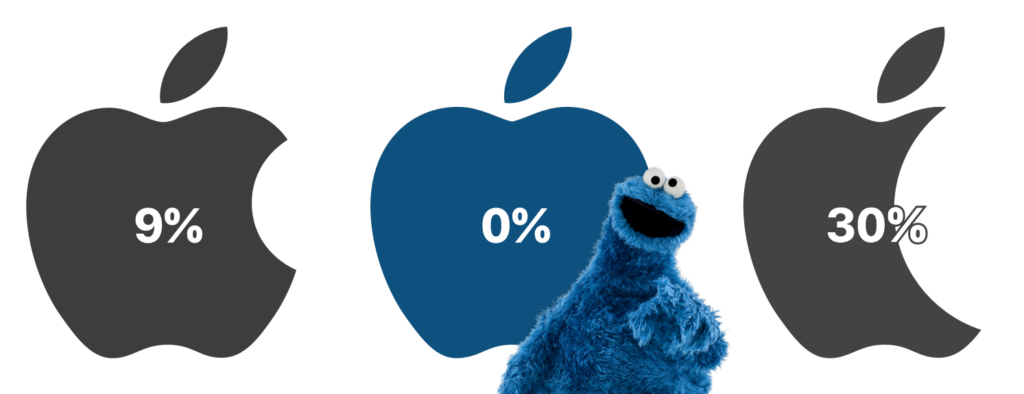
Facebook avoids the Apple Tax…
...while small devs get milked
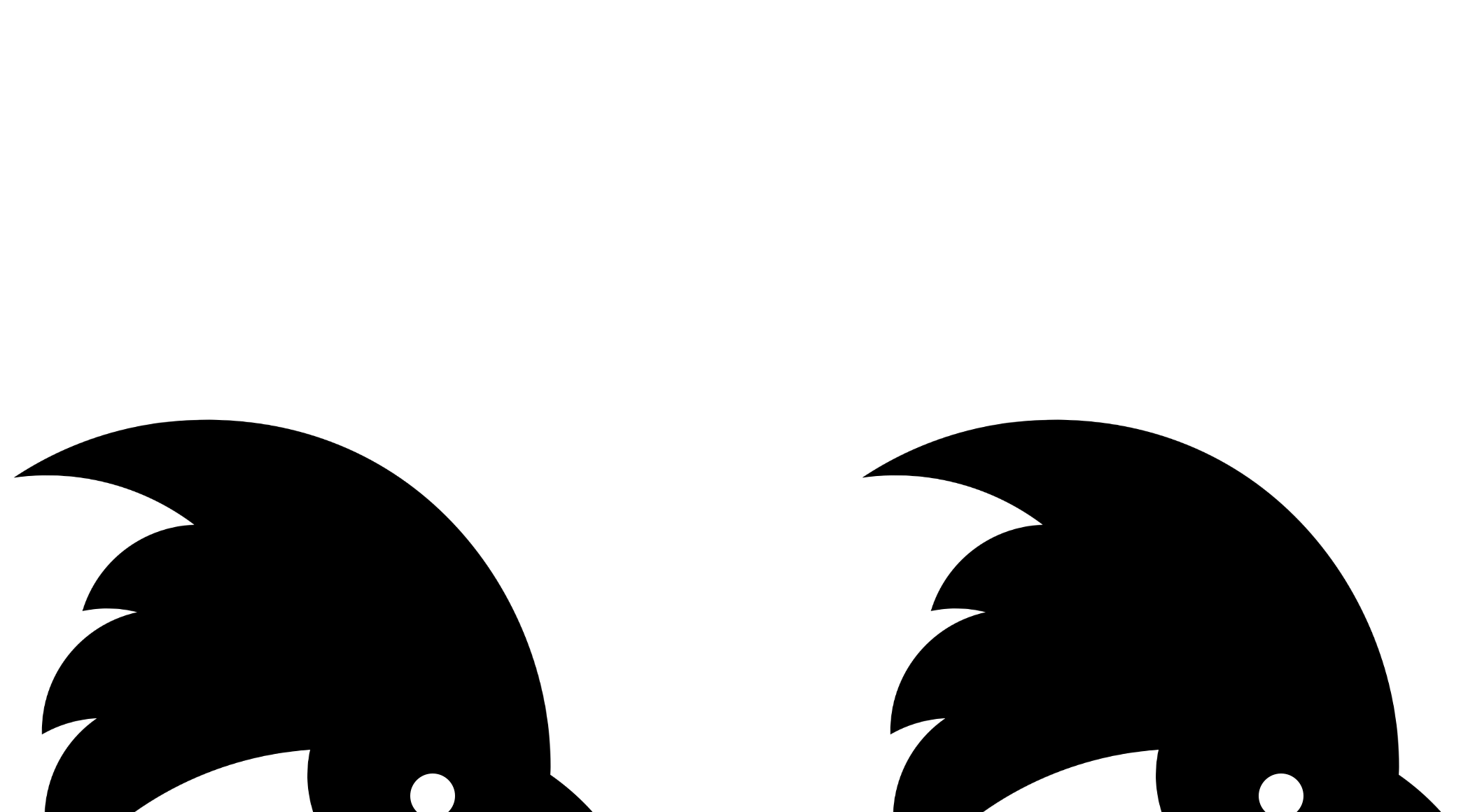
The Nice Place
What can you do in 2019 to get the word out?
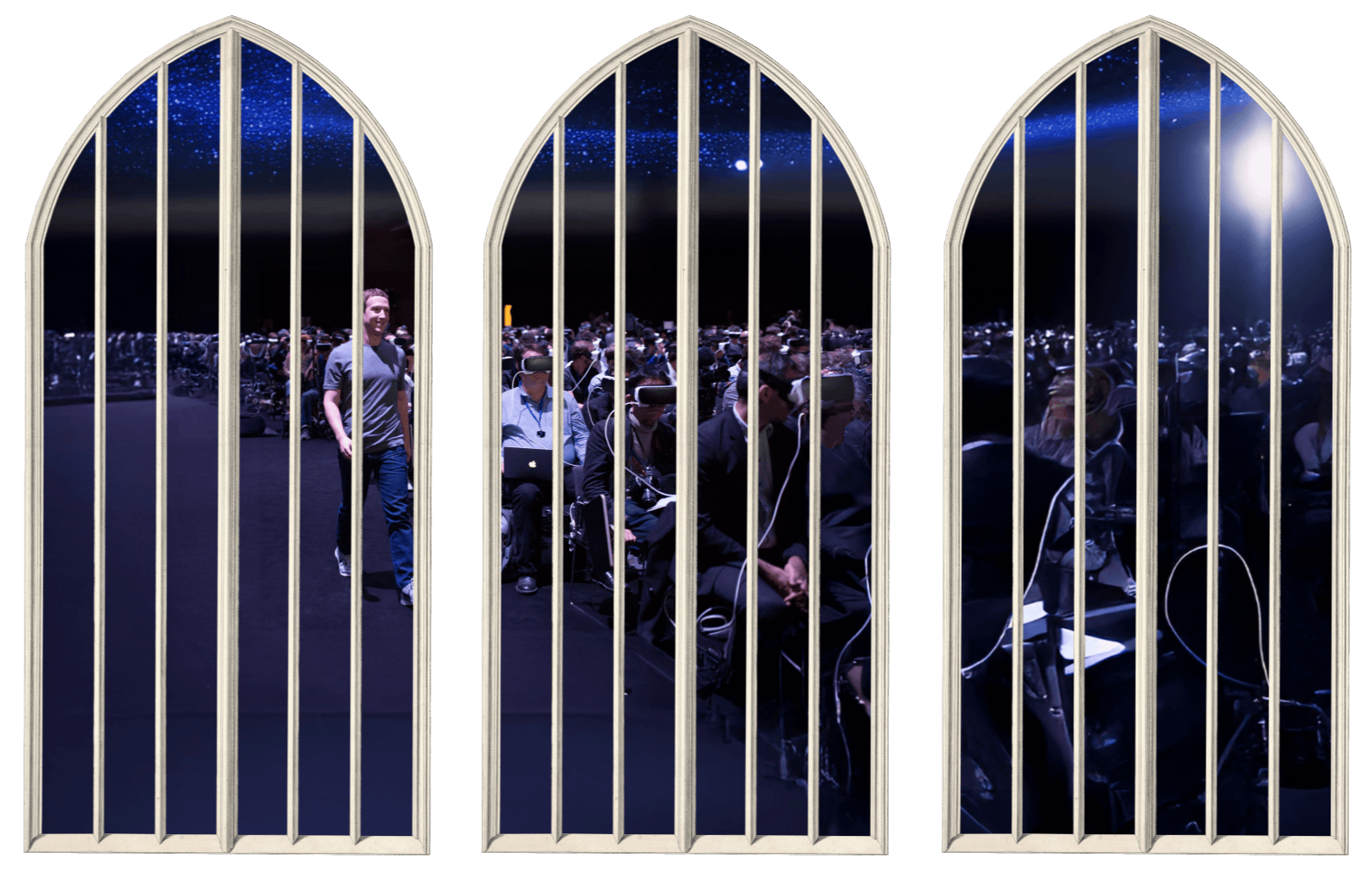
Take the Power Back
Let's move from passive to active

Computer Poetry
Every time we read a computer-generated text, part of our life gets sucked into a little black electric hole
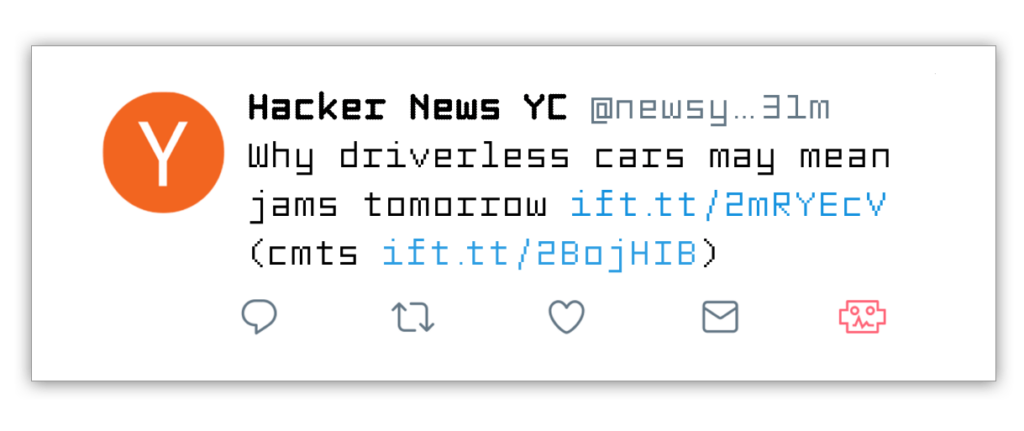
Make Bots Identifiable
Propaganda has become too cheap and easy to resist

Web Trend Map 2018
The key ingredient is missing
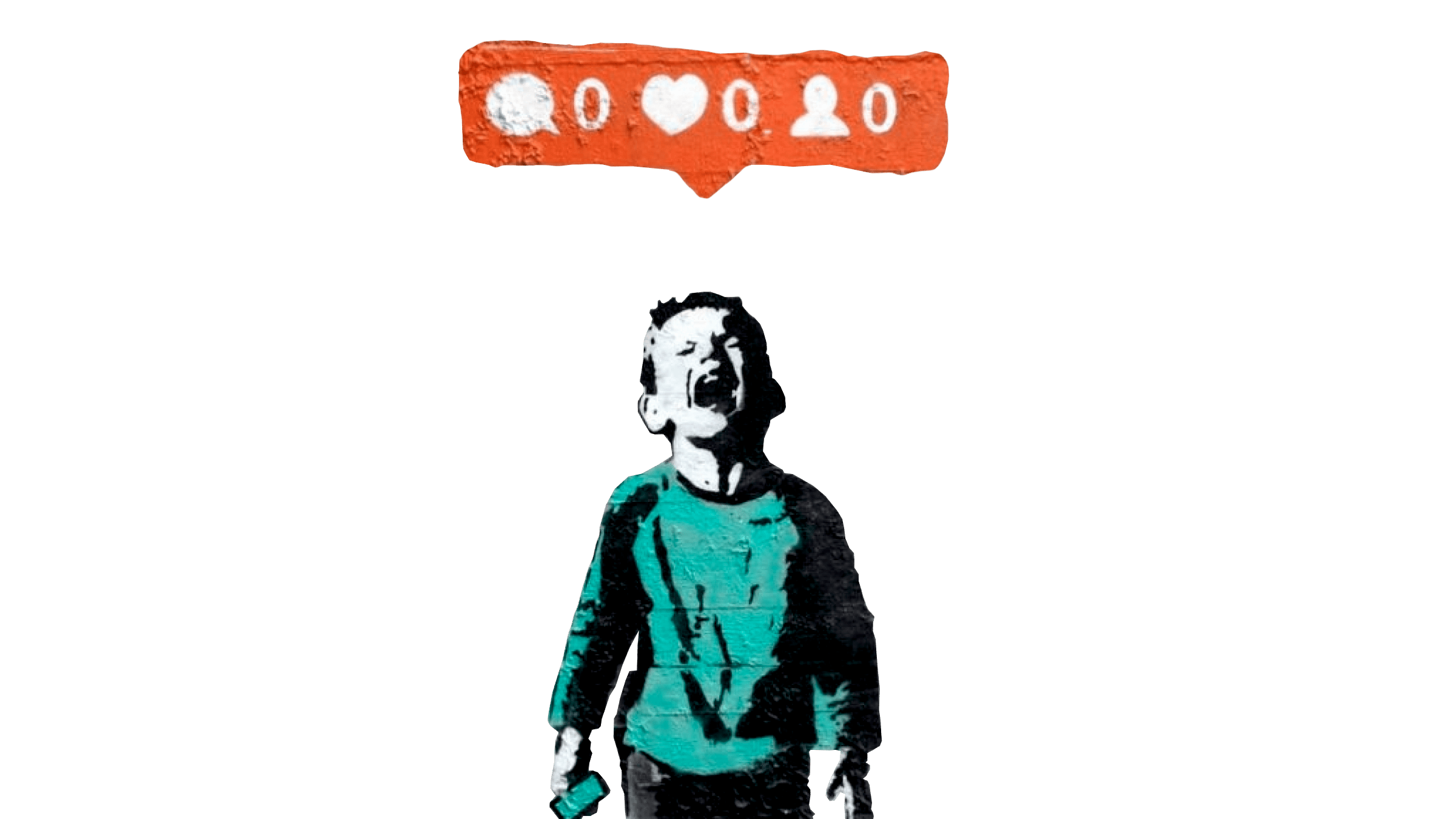
News from Facebook
A brief history of lost time

Who serves whom?
When AI things go wrong and no one is responsible
Twitterror
How do you deal with erroneous tweets?
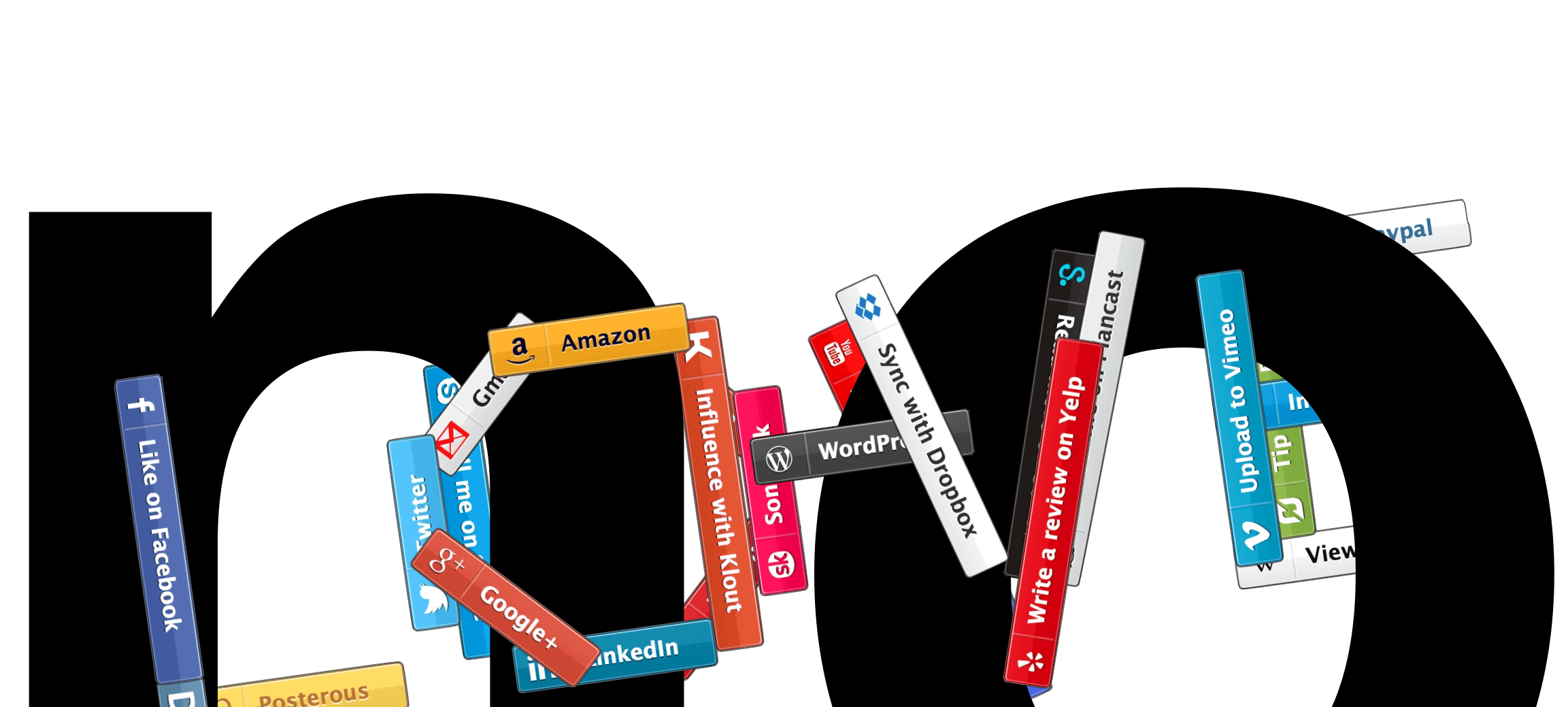
Follow-up to “Sweep the Sleaze”
We are onto something

Sweep the Sleaze
Do social media buttons actually work?
The Age of Digital Baroque
After all, blogging is over now, isn't it?
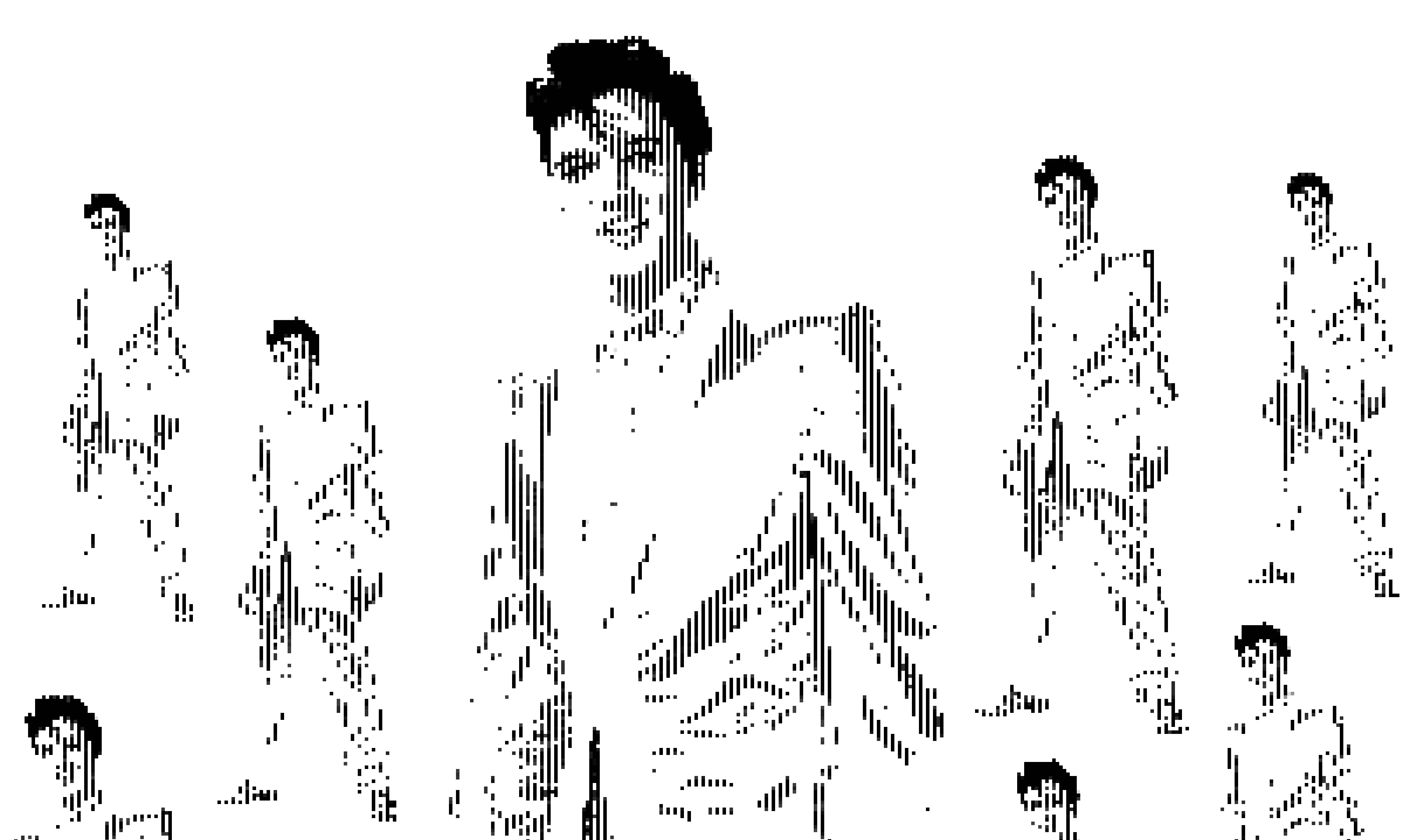
Elvis and the Opposite
Something random

Web Trend Map V3
Das ultimative Tool für Internetfreaks, die Web Trend Map 2008, ist nun als A0-Poster erhältlich.

